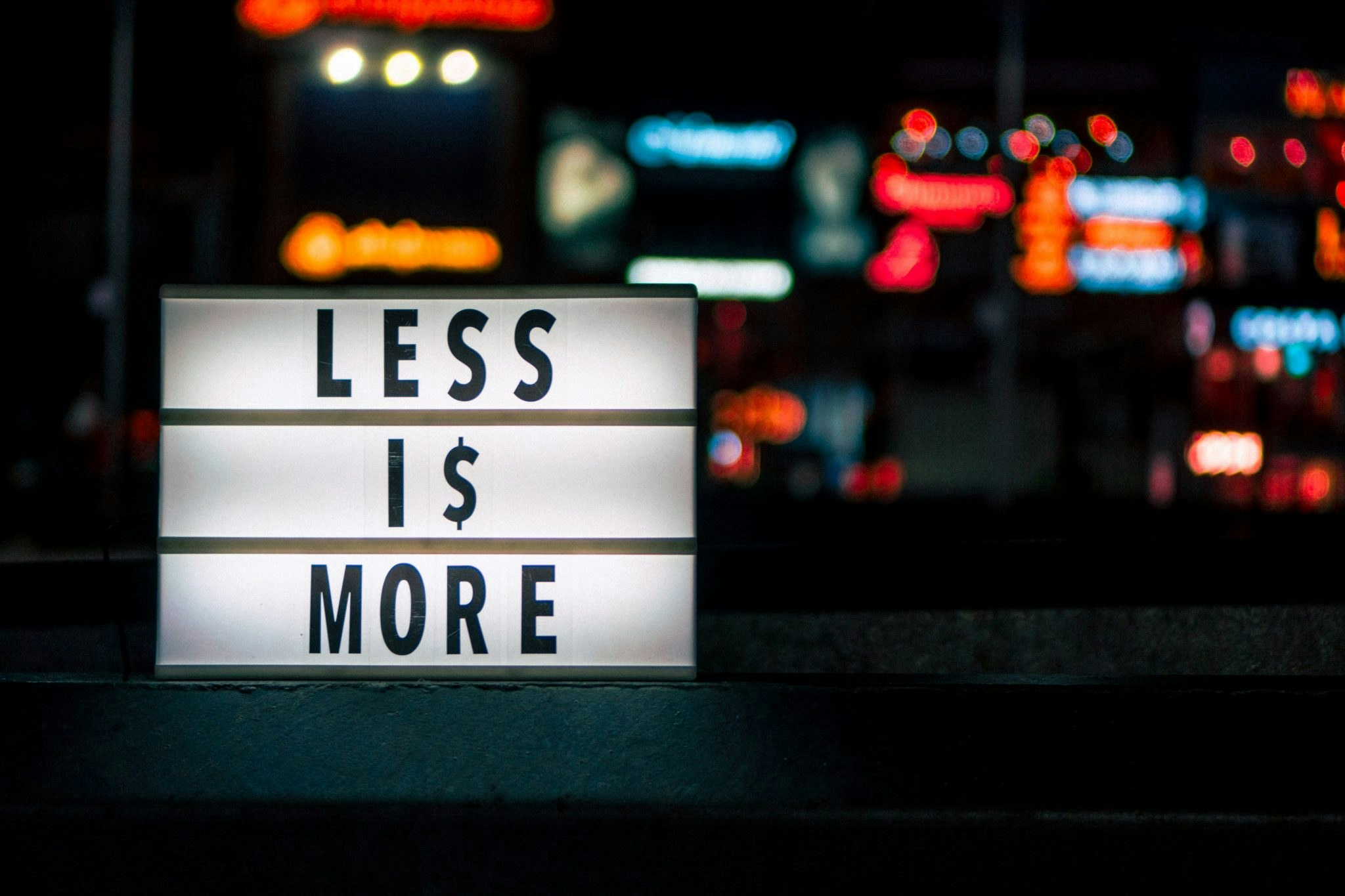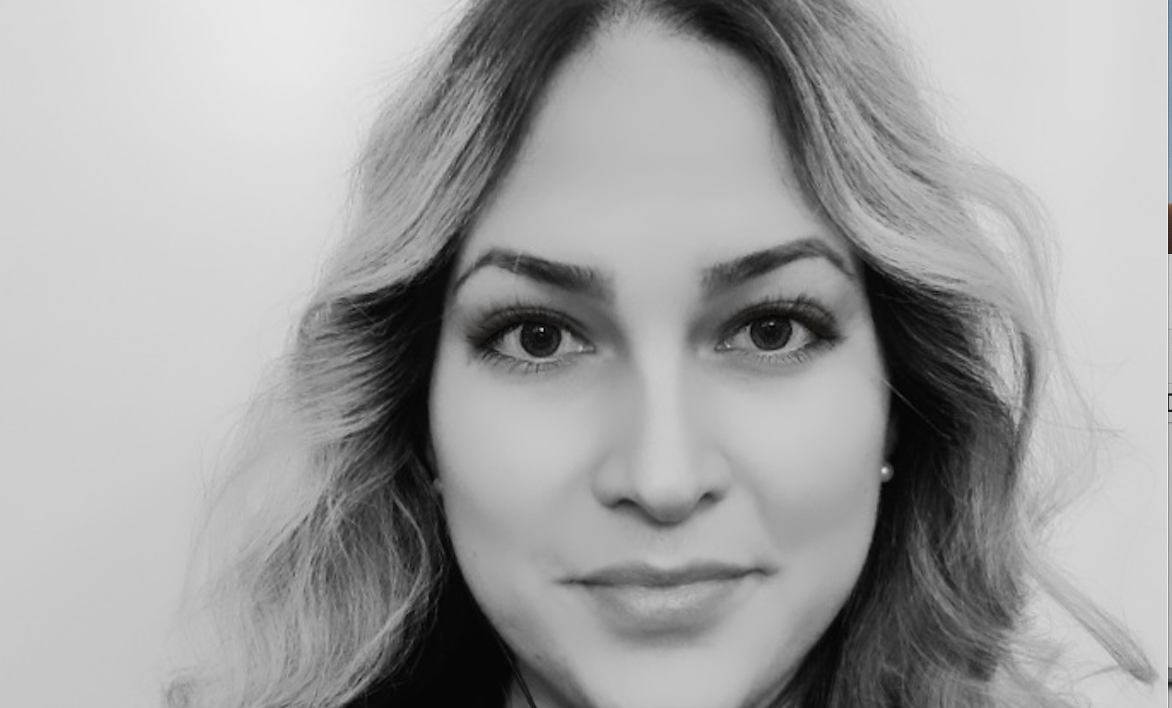For many companies, the pandemic was a watershed moment to make sweeping changes to the way they operated. There has been a surge of interest in corporate innovation programmes and growing investment in corporate venturing — global CVC investment in the second quarter was more than double the level of the same quarter last year.
There are a lot of slogans, like the UK’s “build back better” and senior executives have read all the right books, such as The Innovator’s Dilemma by Clayton Christiansen and The Lean Startup by Eric Ries. There is enthusiasm for fostering an agile mindset and adopting human-centred design.
But then the team faces a setback. Growth is slower than expected. Market conditions change. Is the project abandoned or does the company double down? This is the critical moment when it becomes clear if a company has really embraced innovation or not. Innovation is as much about psychology as process. It is a mindset, not an end goal.
The fantasy of control
When a crisis hits there is a tendency to go back to what you can measure and activities where you can find certainty. We have often seen key stakeholders fall back into a desire to be in control.
In one case, a company had a three-month-old start-up which was still at the stage at which it was finding its business model. The covid-pandemic was just on the rise and no one knew what was going to happen. Paradoxically, the leaders, who had all read Eric Ries and others, suddenly demanded that everybody does ‘proper project management’ including all types of projections and Gantt-charts. Rather than responding to the market in the here and now, they were craving an illusion of control for themselves—and invested much precious time and resources to create it for themselves.
Another company completely killed a project in spite of all KPIs of their start-up being over accomplished. Their reason? They simply didn’t want to take “additional risks in uncertain times”.
Accepting surprise
Allowing oneself to be surprised is a key component of innovation, yet it seems that many leaders in established organisations see surprises as threats.
When we talk about a “crisis”, we usually mean an unexpected problem. It means that when we executed we made assumptions that turned out to be wrong. The problem is not that we were wrong, it is that we did not think of testing these assumptions, so the outcome comes as a surprise.
Established firms rarely focus on constantly retesting their assumptions, on learning and evolving our understanding of the opportunity. If we did test we would not be surprised and probably be able to address the challenges much earlier.
Many firms have adopted methodologies that could be helpful in constantly learning and testing assumptions. But these methodologies don’t work if they are just mechanically applied. If operational meetings, rituals and processes become rigid on the one hand and the team seems to be just “going through the motions” these spells trouble. At that point there is little critical thinking or actively seeking out learnings to examine and correct the course.
The DHL example
The story of DHL in the early course of the pandemic is a good example of a company that was able to navigate through a setback well. Global trade of goods shrunk at the fastest pace in history. It would have been understandable for them to dramatically cut costs in order to survive. But their leadership team knew better, because they had experienced massive supply chain disruptions before, e.g. during the 2010 volcanic ash cloud over Europe or the tsunami in Japan.
They avoided lay-offs and maintained a high ability to deliver, which became hugely important since trade reversed course mid-year and surpassed its pre-pandemic level before year-end.
DP DHL executives, too, paid attention to forecasts but also listened closely to their customers and learned that trade was not going down overall, but that some industries would need more rather than less logistics services. Because of its size, DHL was able to quickly transfer learnings from one region to another, allowing an agile implementation and testing of operational innovations.
DHL’s global reach also offered an advantage when it came to areas such as fast learning about how to safely keep operations going through the pandemic. As the pandemic swept the globe, operational changes developed in one country could be shared and adapted to suit the rapidly shifting conditions in other countries.
3 tips for a more resilient innovation approach
-
The right expectations.
- Varied viewpoints
It is worth considering who you surround yourself with. If corporate leaders maintain close friendships mostly with fellow corporate leaders, they are more likely to stay in their existing mindsets. Being close to successful entrepreneurs and investors, also outside of work, can help (getting this exposure, of course, is easier in a place like Silicon Valley, but you can find these individuals elsewhere, too). - Mindfulness
Learning to be truly innovative — and resilient to setbacks — is a lot about being mindful and clear about one’s own emotions and thought patterns. It’s not so much a matter of figuring out what to learn but more about what to unlearn.
When things go wrong, everyone who wasn’t really on board with the innovation programme or its decisions will say “I told you so”. While most challenges for innovation come from outside the organization (e.g. market response), many in the organization will attribute them internally as “bad decisions”. If there is a mentality of looking for someone to blame, rather than learning, executives become much less keen to take risks with innovative projects.You could definitely see this all around us during the Covid crisis, you could see two firms in the same industry, say apparel, one would just shrink and grind things to a halt while the other might double down on a move to online digital marketing and quickly adjust its offerings.
It is important to prepare the ground and educate the wider leadership about the non-linear nature of new venture creation and set the expectation correctly. A portfolio approach, with many smaller innovation projects, can help mitigate this.
However, it isn’t a matter of memorising theoretical knowledge alone. It’s about executing on our true beliefs especially when it gets hard, about tolerating the fear and pain. That takes daily practice and commitment.
Yossi Feinberg is the Adams distinguished professor of management and professor of economics at the Stanford Graduate School of Business, as well as a venture investor and advisor.
Sven Jungmann is chief medical officer and partner at Founderslane, a venture builder, and an advisor to various healthcare startups.


